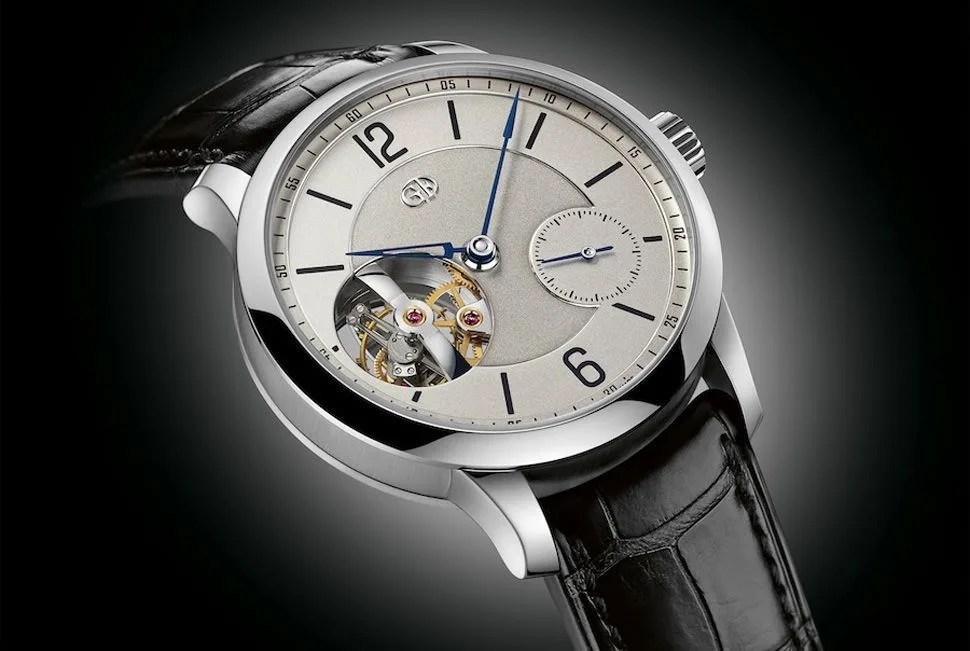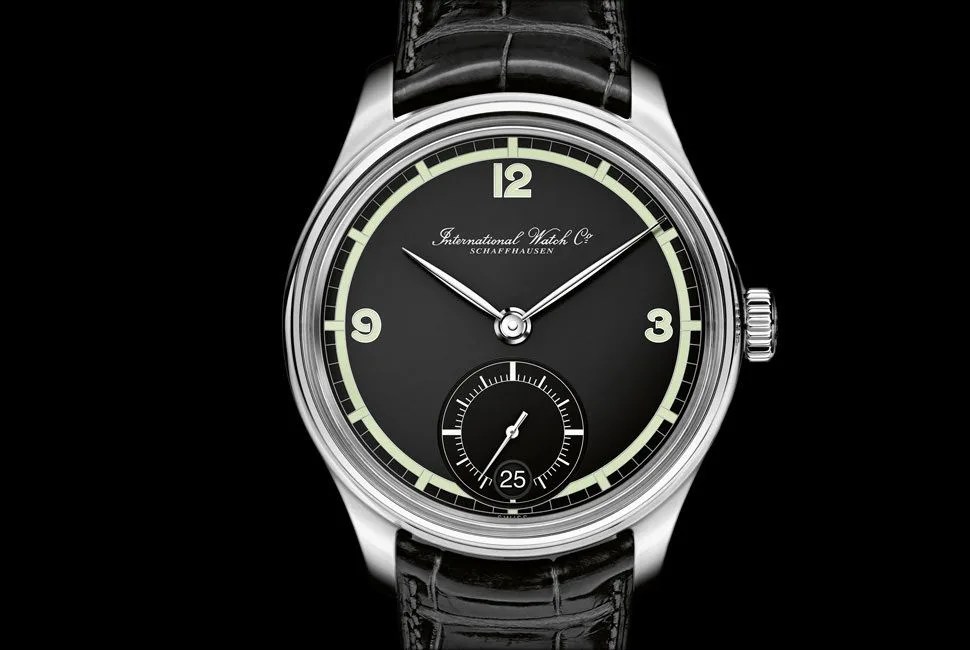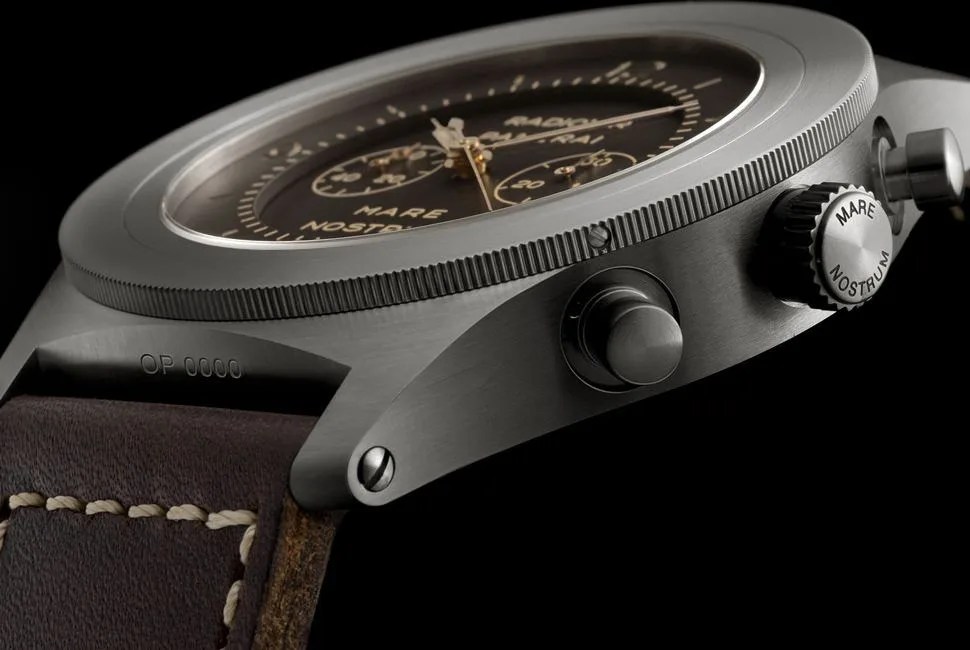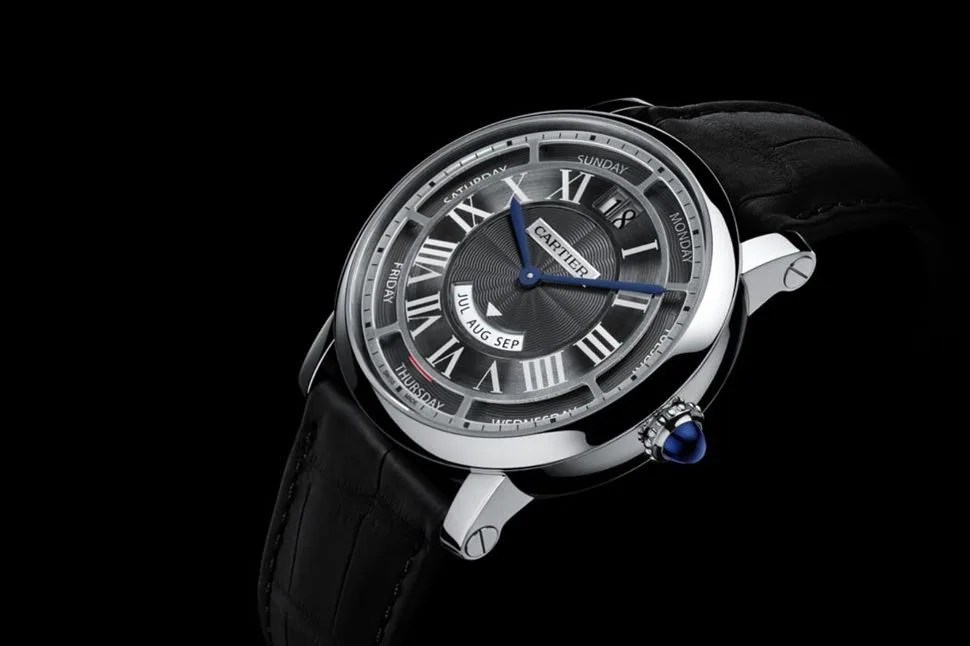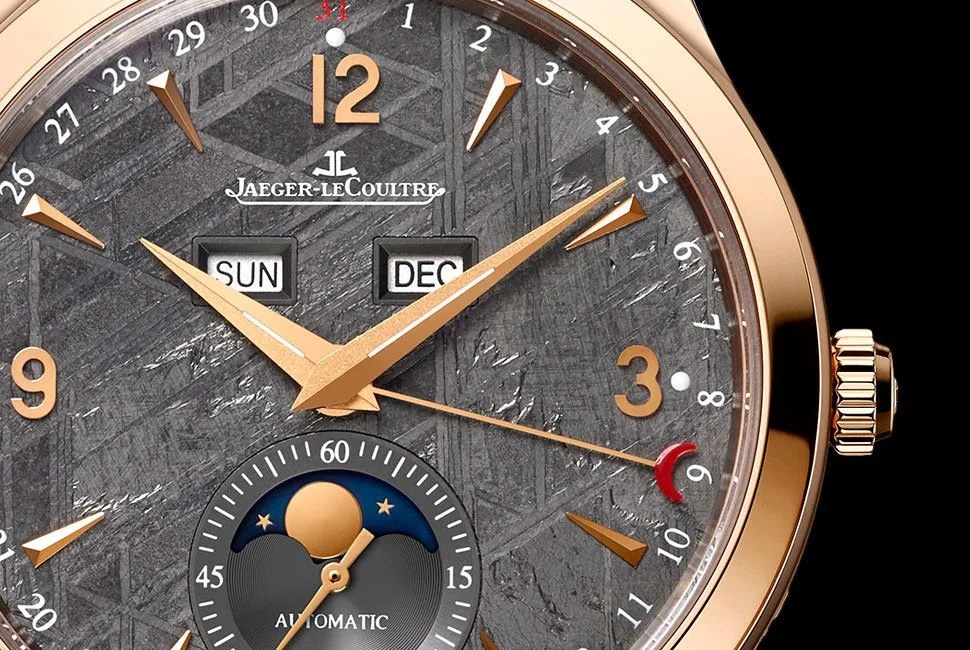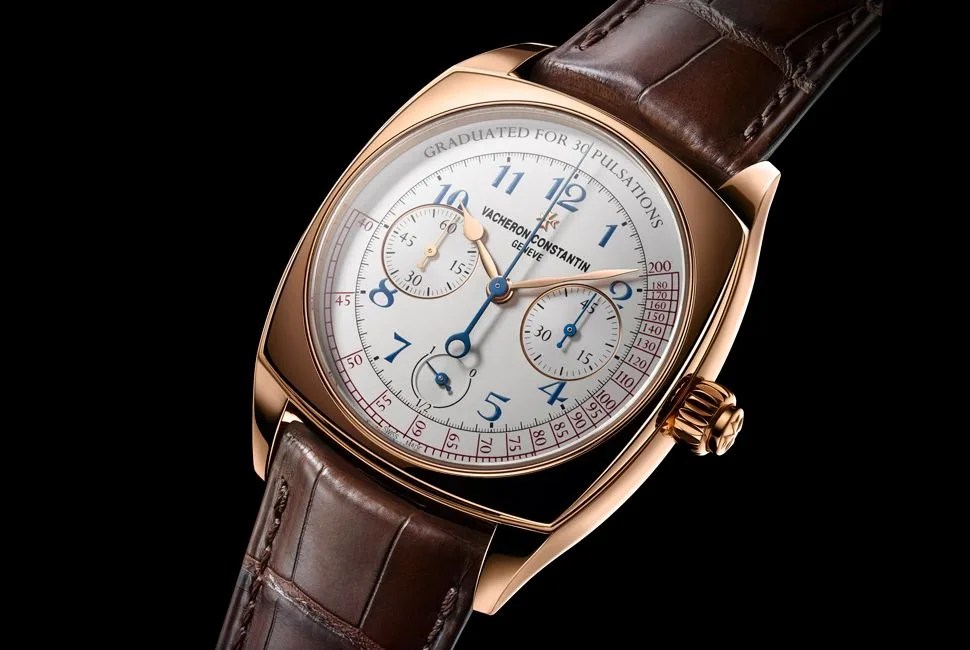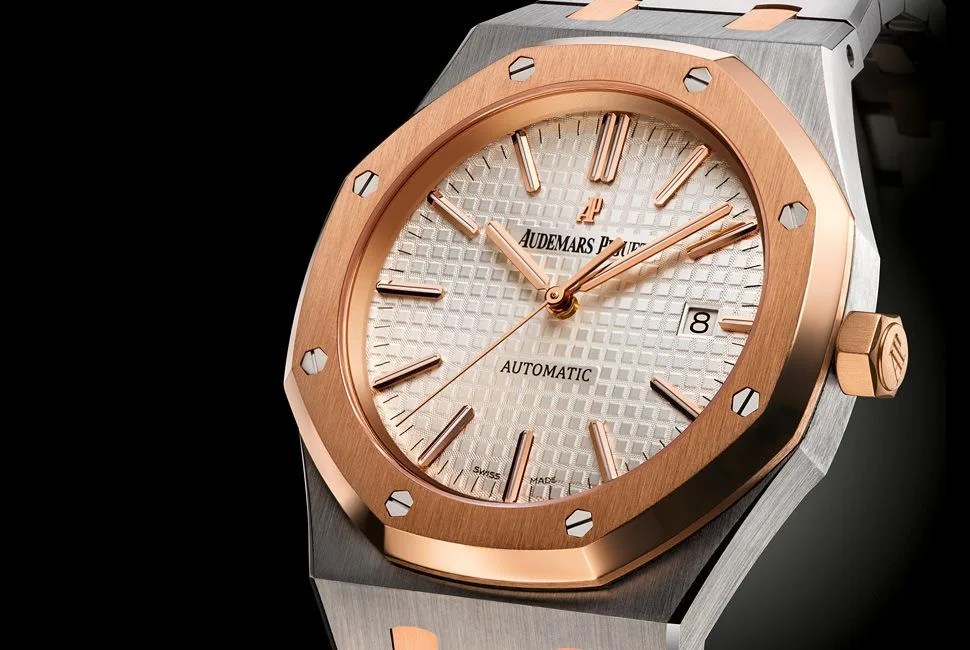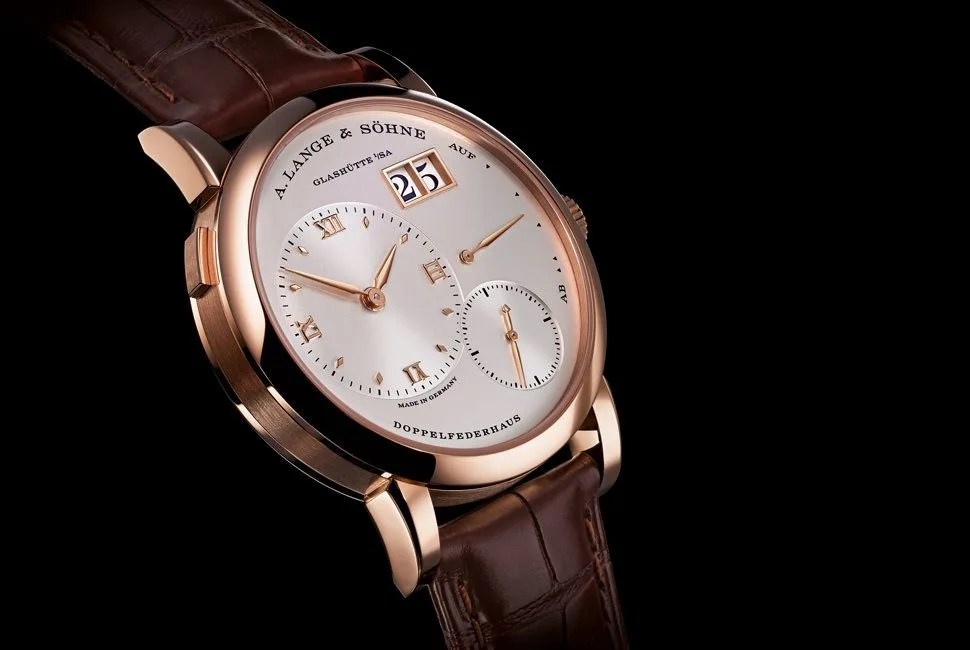The Friday before this year’s Salon International de la Haute Horlogerie opened, the Swiss National Bank announced that it would detach its currency exchange rate from the Euro. This seemingly innocuous proclamation sent ripples throughout the Swiss watch industry and was all the talk at SIHH. The Swiss franc immediately shot up in value: good for some, bad for watch brands, whose products instantly became up to 20 percent more expensive abroad. There were rumors of retailers canceling orders, doomsday predictions in the halls of the Geneva Palexpo.
Best Watches of SIHH: 2012 | 2013 | 2014
Despite this dark economic cloud, which matched the January sky in Geneva, we still wanted to see the new watches from the 16 exhibiting brands. Among the “novelties” shown, there were a few overriding themes that seemed to reflect market and design trends of the past few years. First of all, gold is back, and not just the “safe” white gold — rose gold, yellow gold and two-tone watches were aplenty, showing that what goes around truly does come back. Watches are getting smaller again, with a few exceptions (see the Panerai below), a trend we can get behind. And there seems to be a return to classic designs — not just “heritage” inspired, but design codes that have stood the test of time. Last year was an orgy of divers and sports watches; there was a noticeable dearth of such brutish specimens this year, giving way to classic complications. Globes seemed to be everywhere, used in innovative ways to show world times and day and night. It was a more subtle show — even IWC’s booth felt more like a chic hotel lobby than an aircraft carrier flight deck (see SIHH 2012), which still managed to be immensely satisfying to anyone who loves high watchmaking. And in that respect, SIHH lived up to its name. Here are 10 of our favorite watches from last week.
Montblanc Orbis Terrarum
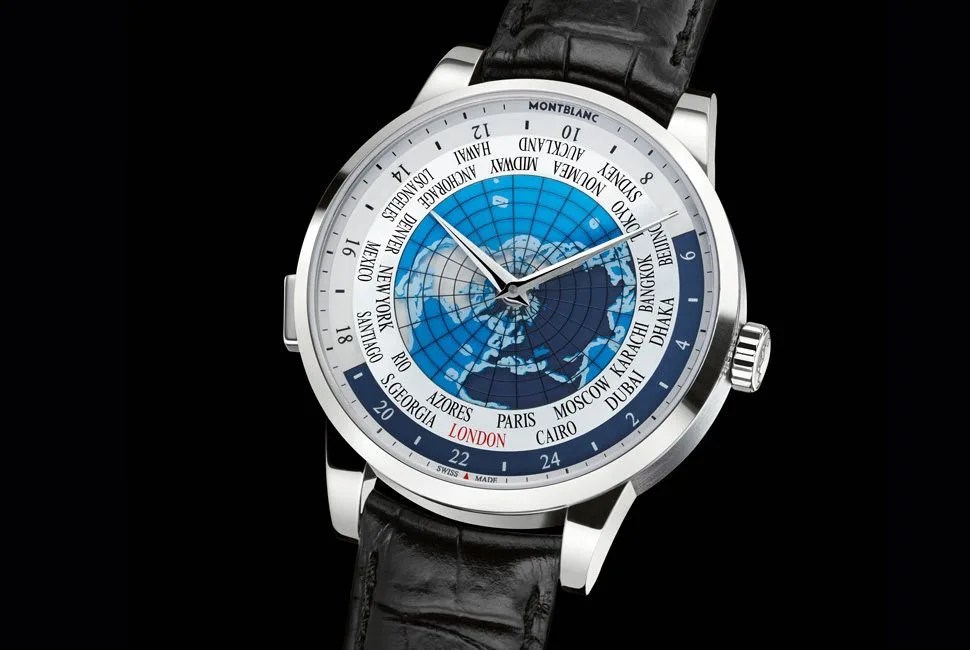
Two years into former Jaeger-LeCoultre CEO Jerome Lambert’s reign at Montblanc, and it’s pretty clear that the brand is a force to be reckoned with. It wasn’t long ago that people only associated the company with its writing instruments (that’s “pens” to the rest of us), and this underdog role has freed Montblanc to take some chances. Its recent watches have consistently proven innovative, attractive and bold — and affordable. Last year, we saw a full mechanical perpetual calendar for around twelve grand. This year’s followup is a steel world timer for around $6,000, the Orbis Terrarum. That’s getting into Baume & Mercier’s price territory, that Richemont “bargain” sibling — proof that Montblanc can threaten brands at both the bottom and the top.
The Orbis Terrarum is a twist on the standard world timer, which shows the time in all time zones around the globe. In addition to this function, a two-level center disc indicates day and night in an intuitive visual way. On the upper level, the Northern Hemisphere is shown with the oceans in blue and the continental landmasses clear. As the lower level rotates with the passage of time, the hemisphere where it is daytime is brightened while the other is darkened. This representation is surrounded by a 24-hour ring for quick reference, and the hour of the day can be advanced by merely pushing a button the of the 41-millimeter case, which is available in the affordable stainless steel or rose gold. The Orbis Terrarum is further proof that Montblanc is one of the most exciting watch brands to watch.

